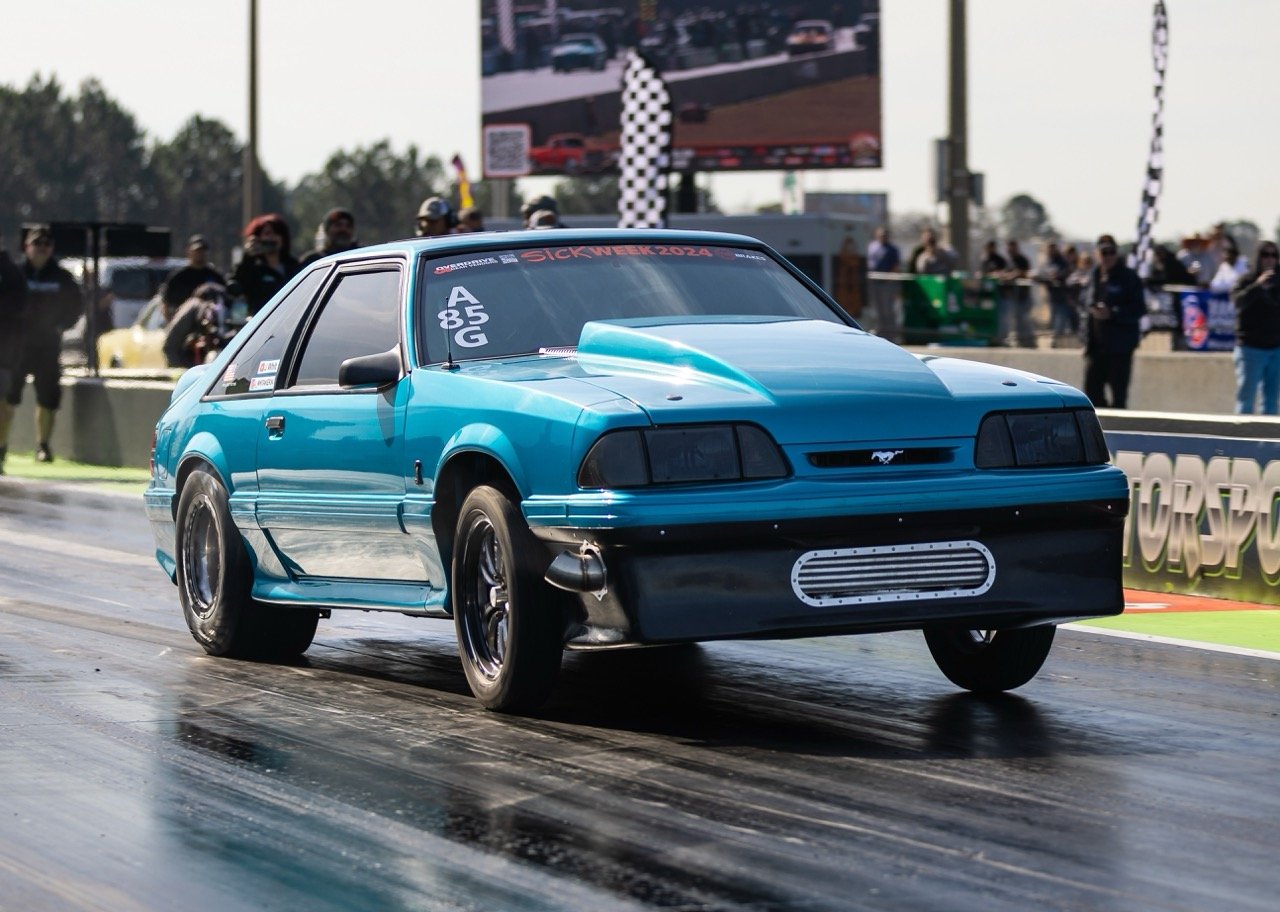Adam Dorey: The Drag Racing Program For Kids More People Need to Know About
Once upon a time, NHRA added maybe the most ground-breaking class to its offerings since its inception. Pro Mod? Top Fuel? Funny Cars? Nope — Junior Street.
The class immediately blossomed into a legitimate competitive class for parents and guardians of young men and women 13-16 years old to get behind the wheel of full-size cars and compete at tracks nationwide. Yes, Junior Dragsters still exist and many of the current professional drivers or drivers up-and-coming have been introduced to the sport through that class, but a dragster program requires quite a large up-front expense outside of the car itself including a trailer, tow cart, spare parts and more. As a parent/crew-chief, now you’ll have another vehicle to keep maintained (and one that can be surprisingly finicky at that) and you’ll have to upgrade as your child grows in size.
Want to get your kid drag racing AND reading? Start with a subscription to Sick The Magazine. Each issue contains over 40,000 words. Then you can test your kid to make sure they read it cover-to-cover. Genius!
Enter NHRA’s Junior Street category, where teenagers drive in regular cars on the same track that the adults do. You can even double enter the car so both you and your kid can race. Or you can even put your kid in the tow pig while you compete in your race car. So long as it is street legal with mufflers and DOT-approved tires, running 9.00 or slower to the eighth-mile, you’re in. There are a couple of exceptions to note, with open-top SUVs prohibited as are motorcycles and race cars.
Vehicles must also have the correct state issued license plate (dealer tags, paper tags, temporary tags, etc. prohibited), a valid state vehicle registration, a valid state inspection (if required), and proof of current insurance. Vehicles must be able to pass all state highway safety requirements for the state in which the vehicle is registered.
Junior Street competes on the eighth-mile and is typically raced on a bracket format. The class does require a specific Junior Street license which can be earned at any NHRA member tracks who include the class at their facility. Competitors are allowed to do up to six optional ‘orientation’ passes where their parent or guardian drives the vehicle with the teen in the passenger seat, and then the Junior Street competitor will take the wheel and complete six total passes themselves: five with their parent/guardian and one with a track official to earn their privilege to race. The track official will also conduct a vehicle orientation test to be sure the competitor can show mastery of the controls of the vehicle, as well as a basic drive test “to identify track fixtures, starting line, timing system, return road, time-slip booth, etc.”
The best part of all? Many drag-and-drives have started to incorporate the Junior Street class. This is a sure-fire way to get and keep kids involved in racing for years to come and to give your younger generation a chance to not just experience drag-and-drive but compete against other teens while their parent(s) duke it out in other classes!
Check with your local track to see if they offer Junior Street, and if so, get your kiddo out there and earn a license! They’ll have a renewed appreciation for the track, and who knows, maybe your kid will be the next one behind a Top Fuel steering wheel one day because you stuck them in the driver’s seat of your dually tow pig one night as a goof when they were 13!
— Adam Dorey











